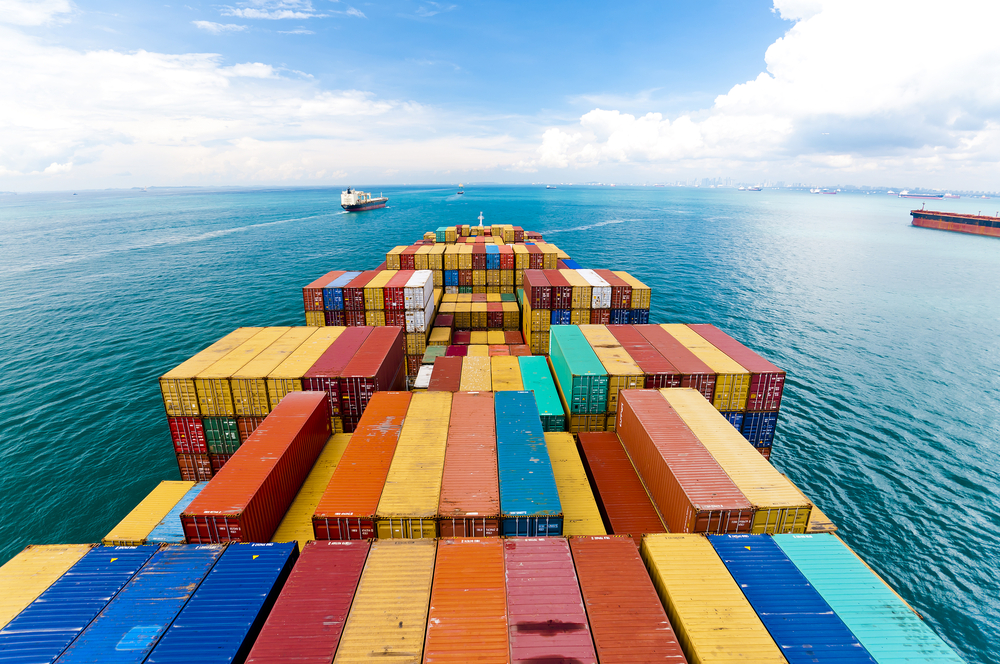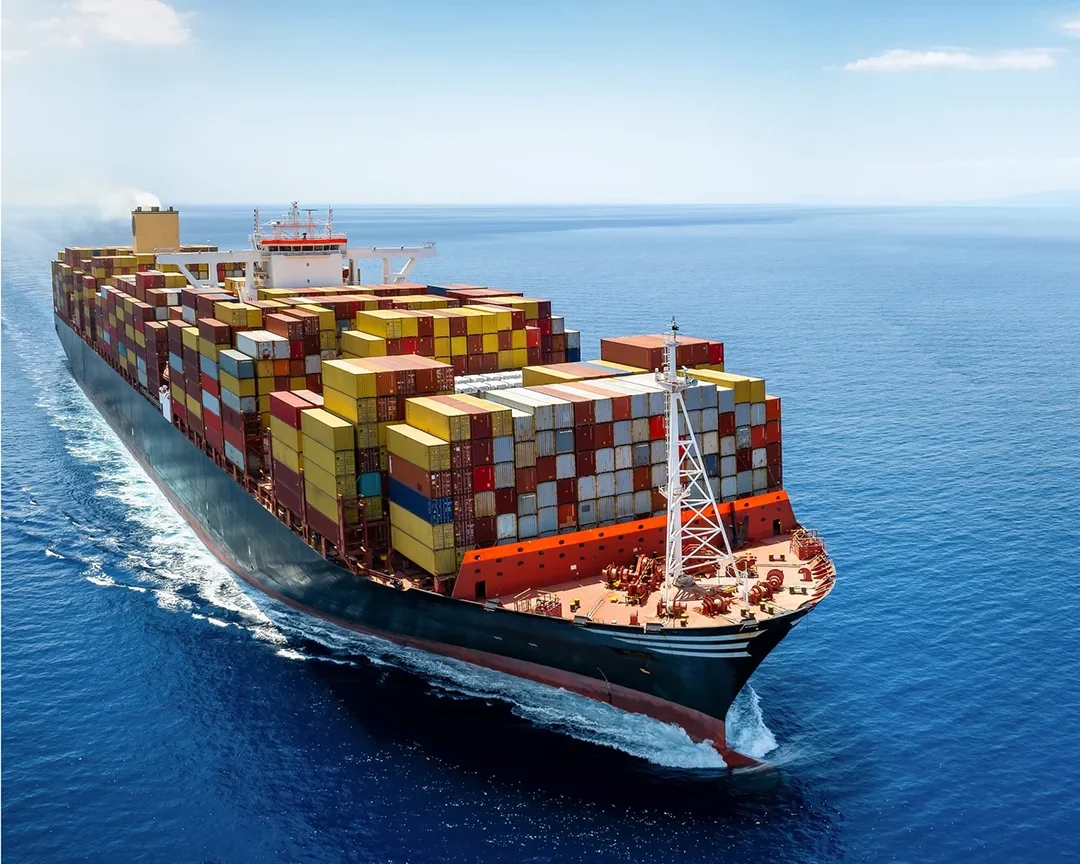Sea freight remains a cornerstone of international logistics, handling approximately 80% of global trade by volume. With advancements in containerization, automation, and sustainability, ocean shipping continues to offer cost-effective and reliable transportation for businesses worldwide. Here are eight key advantages of sea freight that make it an essential choice in modern trade.
1. Most Economical for Large Shipments
Compared to air freight, sea transport is up to five times more cost-effective, especially for bulk cargo. A 40-foot container can carry up to 30 tons, making it ideal for transporting heavy and voluminous goods at lower costs. Shipping rates per kilogram are significantly cheaper, making ocean freight the preferred choice for businesses with high-volume logistics needs.
2. High Cargo Capacity for Diverse Shipments
Modern container ships can carry over 24,000 TEUs (Twenty-Foot Equivalent Units), allowing companies to transport massive quantities of goods in a single voyage. Unlike air and road freight, sea transport accommodates:
- Dry goods (electronics, textiles, furniture)
- Liquid bulk (petroleum, chemicals, edible oils)
- Perishable goods (food, pharmaceuticals) via refrigerated containers
- Oversized cargo (machinery, vehicles, construction equipment)
3. Environmentally Sustainable Compared to Air Freight
Shipping by sea emits about 47 times less CO₂ per ton-kilometer than air freight. As the industry moves toward sustainability, the adoption of low-sulfur fuel, LNG-powered vessels, and wind-assisted propulsion is projected to cut emissions by 50% by 2050, according to the International Maritime Organization (IMO).
4. Reliable and Secure for International Trade
Shipping containers are designed for high security and durability, reducing the risk of cargo theft or damage. The maritime industry follows strict regulations under the International Ship and Port Facility Security Code (ISPS) to ensure safe handling and transport of goods. Modern GPS tracking and blockchain-based freight management further enhance cargo security and transparency.
5. Global Connectivity and Extensive Port Network
With over 3,700 commercial ports worldwide, sea freight enables seamless global trade routes. Strategic shipping lanes such as the Suez Canal, Panama Canal, and Trans-Pacific routes handle millions of containers annually, ensuring efficient transport across continents. This extensive connectivity makes it easier for businesses to reach international markets.
6. Reduced Price Volatility Compared to Air Freight
Sea freight rates remain more stable than air freight, which fluctuates due to fuel prices, geopolitical events, and seasonal demand. Companies can secure long-term shipping contracts, providing cost predictability and minimizing unexpected expenses in logistics.
7. Suitable for Multimodal Transport Solutions
Sea freight seamlessly integrates with road, rail, and inland waterways, offering end-to-end supply chain solutions. Intermodal transport enhances efficiency, reducing handling times, transit costs, and delivery delays.
8. Technological Advancements Improving Efficiency
The adoption of smart ports, AI-driven logistics, and automated cargo handling has significantly increased shipping efficiency. Digital platforms allow real-time cargo tracking, predictive maintenance of vessels, and optimized freight management, reducing transit times and operational costs.
Conclusion
Sea freight continues to be the most practical and sustainable option for international shipping. As the industry embraces digitalization and eco-friendly innovations, businesses can expect more cost-efficient, secure, and environmentally responsible logistics solutions.








Leave a comment